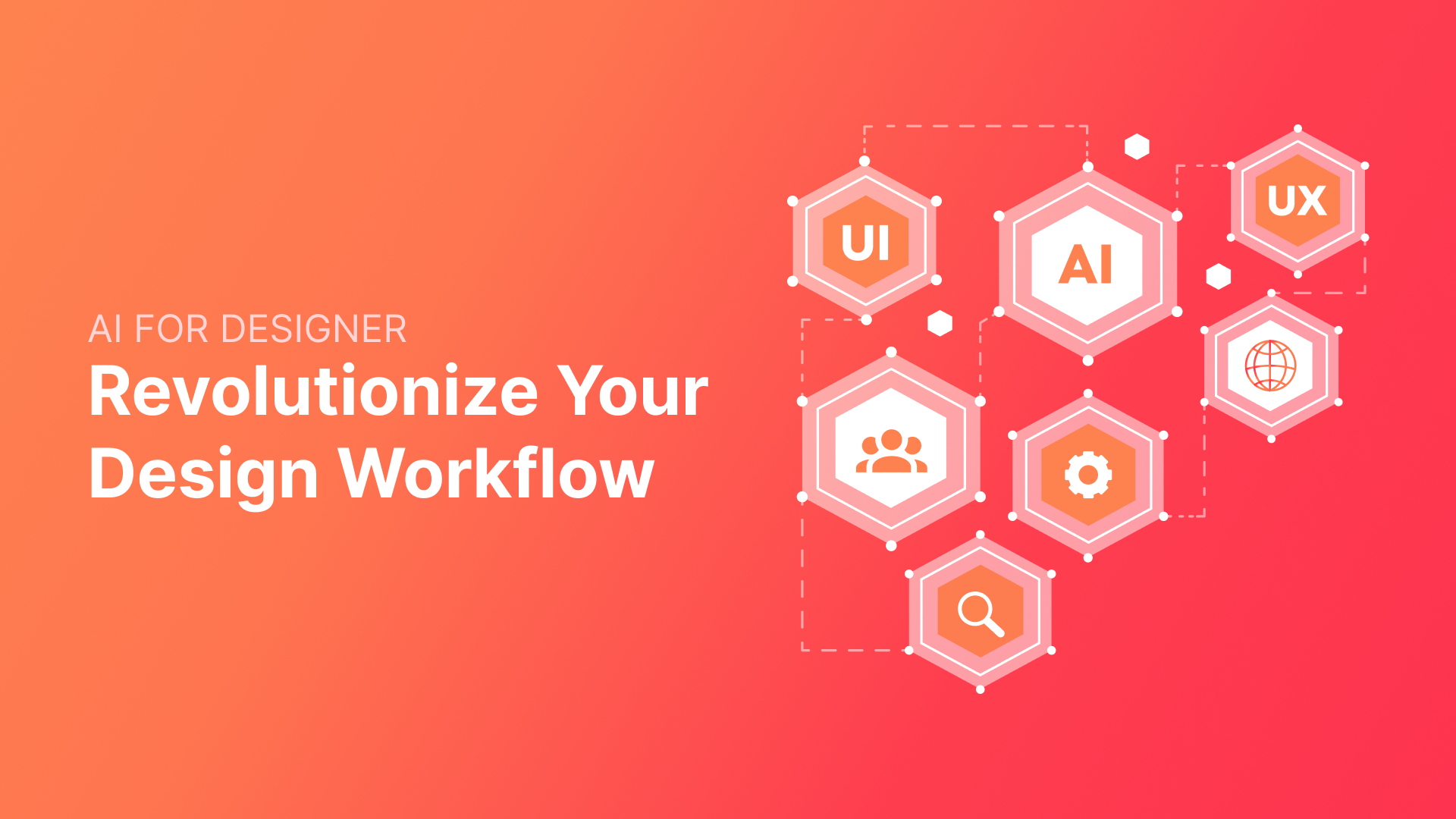
As design landscapes continue to transform, so do the technologies employed by designers to develop elegant and intuitive user interfaces. Presently, AI tools for UI/UX design have emerged as a potent resource for designers aiming to streamline workflows and create visually appealing, user-friendly designs.
Designers consistently seek novel tools and technologies to optimize their workflows and produce visually impressive, user-friendly designs. With the introduction of AI tools for UI/UX design, designers now have access to a diverse range of features capable of elevating their work. These AI-driven tools cater to various needs, whether it’s time-saving, productivity enhancement, or design quality improvement. In this article, I, Ankush Thakur, will examine the top 13 UI/UX design AI tools for 2023 and their potential to revolutionize your design process.
Let’s dive in.
1. Sketch2Code: Microsoft’s tool employs AI to automatically transform hand-drawn sketches into functional HTML code, enabling designers to concentrate on their work’s creative aspects.
Adobe XD: This well-known design application includes an AI-driven function called Auto-Animate, which produces smooth transitions among design elements.
3. Figma: Figma’s AI-supported Smart Selection capability helps designers precisely select several objects at once.
4. InVision: InVision’s Studio tool features an AI-driven Design System Manager, which helps maintain design consistency across projects.
5. Canva: Canva’s AI-powered Design Assistant feature expedites the design process by suggesting layout and design elements.
6. UI Bakery: This tool uses AI to automatically generate code for UI components, significantly reducing time spent building complex interfaces.
7. Lunacy: Icons8’s free design tool, Lunacy, includes an AI-powered Smart Guides feature, aiding designers in aligning objects and maintaining consistent spacing.
8. Sketch: Sketch’s Smart Layout feature utilizes AI to help designers create responsive designs adaptable to various screen sizes.
9. UXPin: UXPin’s design tool features an AI-enhanced Design System Intelligence, facilitating the creation of easy-to-manage, consistent design systems.
10. Zeplin: Zeplin’s design tool incorporates an AI-driven Styleguides feature, promoting design consistency and manageability.
11. Affinity Designer: Affinity Designer’s AI-powered Symbols feature simplifies design element reuse across multiple projects.
In conclusion, the rise of AI tools for UI/UX design in 2023 demonstrates a significant shift in the design landscape. These tools offer a multitude of features that can save time, boost productivity, and improve the overall quality of designs. By harnessing the power of AI, designers can concentrate more on their work’s creative aspects while still delivering visually appealing and user-friendly designs that cater to their client’s needs. productivity, and improve the overall quality of designs.
